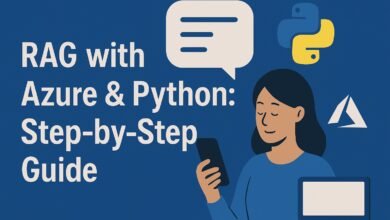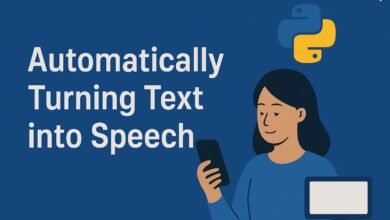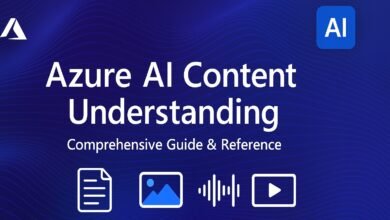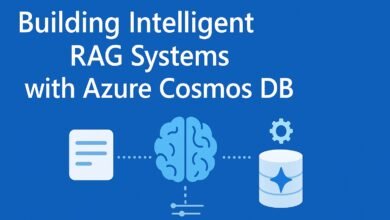Captioning with Speech to Text in Azure Speech Studio
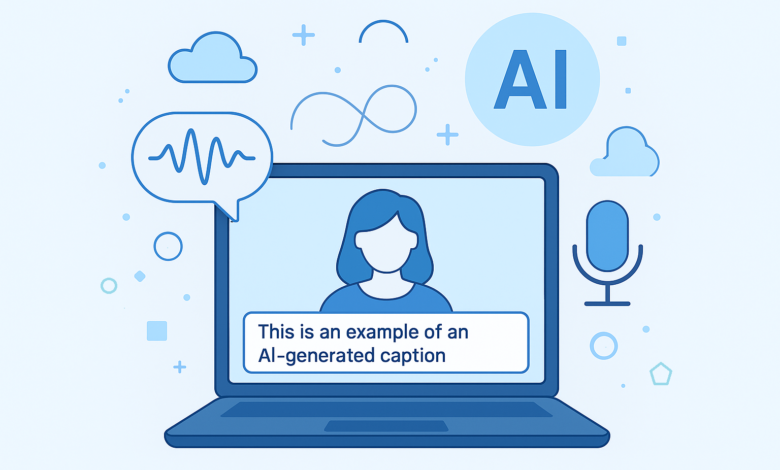
Many organizations struggle with providing accurate and timely captions for their video content, live events, and recorded sessions. Manual captioning takes time, increases cost, and often fails to keep up with fast-moving or large-scale content needs. This creates accessibility gaps and reduces audience engagement.
Microsoft Azure Speech Studio solves this challenge by offering an automated way to generate captions using speech-to-text technology. It supports both real-time captioning for live events and offline captioning for recorded content. With features like phrase lists, flexible formatting, and SDK integration, it provides a reliable solution to make content accessible and user-friendly.
Below is a detailed explanation of how captioning works in Azure Speech Studio, along with its features, use cases, limitations, and pricing.
Introduction
Captioning with speech to text is the process of automatically turning spoken words into written text that appears on screen. It is widely used to make films, videos, live events, and online meetings more accessible. This is essential for audiences who are deaf or hard of hearing, and also useful for viewers in noisy or quiet environments where listening is difficult.
Azure Speech Studio provides an efficient way to generate captions using speech recognition. It can handle both real-time captioning (for live broadcasts, news, sports, webinars) and offline captioning (for pre-recorded videos, films, and podcasts). The tool captures audio, transcribes it into text, and displays the captions in sync with the spoken content. By combining accurate speech-to-text models with features like phrase lists, captions can be tailored for specific terms, acronyms, or names, improving overall quality and reliability.
Features
Azure Speech Studio offers several features that make captioning effective:
- Real-time captioning: Instantly generates captions for live streams, news, sports, or webinars with stable partial results to reduce errors.
- Offline captioning: Creates finalized captions for recorded media such as films, podcasts, or training videos.
- Phrase list support: Custom words, acronyms, or technical terms can be added for better recognition.
- Flexible settings: Control line length, number of caption lines, and enable profanity masking.
- Developer integration: Works with the Speech SDK in multiple programming languages for easy embedding into apps and platforms.
- Accessibility and localization: Supports multiple languages and helps meet accessibility compliance standards.
How to Use It
Using Azure Speech Studio for captioning is straightforward. The process can be broken down into a few steps:
- Create a Speech Resource
- Sign in to the Azure portal and create a Speech or Cognitive Services resource.
- Note the key and region, which you’ll need for configuration.
- Set Up the Environment
- Install the Speech SDK in your preferred programming language (C#, Python, JavaScript, etc.).
- Configure the SDK with your resource key and endpoint.
- Choose Captioning Mode
- Real-time mode: Best for live events where captions must appear instantly.
- Offline mode: Best for recorded media where captions can be processed before publishing.
- Adjust Captioning Settings
- Set maximum line length and number of lines.
- Enable profanity masking if required.
- Add a phrase list for domain-specific words to improve accuracy.
- Run and Display Captions
- Use the SDK to capture audio and convert speech into text.
- Display the recognized text as captions on screen in sync with audio/video.
- Test and Fine-Tune
- Check accuracy with sample videos.
- Adjust thresholds for stability (for real-time) or formatting (for offline).
This setup makes it possible to embed captioning into websites, apps, or media platforms with minimal effort.
Use Cases
Captioning with speech to text can be applied across multiple fields:
- Media & Entertainment: Live captions for TV, sports, concerts; subtitles for films and streaming.
- Business: Webinars, meetings, and corporate training videos.
- Education: Real-time captions for lectures; subtitles for e-learning material.
- Accessibility: Meeting standards like ADA or WCAG to ensure equal access.
- Podcasts & Audio: Converting audio-only content into captions or searchable transcripts.
- Public Events: Government briefings, conferences, and community events.
Where to Use in Real-Time Projects
Azure Speech Studio captioning can be applied in several real-time scenarios, such as:
- Live Broadcasts: News, sports matches, concerts, and award shows where instant captions are needed.
- Webinars & Online Meetings: Corporate meetings, virtual training, and product launches.
- Conferences & Public Events: Government briefings, seminars, and community gatherings.
- Classrooms & E-Learning: Providing live captions for students during online or hybrid classes.
- Customer Support Centers: Captioning live customer calls for better communication and record-keeping.
Key Benefits
- Accessibility: Ensures equal access for deaf or hard-of-hearing audiences.
- Wider Reach: Allows viewers to follow content in noisy or quiet environments.
- Better Engagement: Real-time captions keep participants attentive and reduce misunderstandings.
- Searchable Records: Captions can be saved as transcripts for indexing, search, and future analysis.
- Compliance: Helps organizations meet accessibility requirements such as ADA and WCAG.
- Efficiency: Saves time and cost compared to manual captioning by automating the process.
Try Example
You can quickly test captioning in Azure Speech Studio without full coding:
- Use sample video clips or upload your own media to see captions in real-time or offline mode.
- Try the Speech SDK by configuring it with your resource key and endpoint, then running a basic script.
- Adjust caption settings such as stable partial results for live events or finalized text for offline content.
- Use phrase lists to ensure domain-specific words are recognized correctly.
This allows you to experiment with captioning before deploying it into larger projects.
👉 I personally tested Azure Speech Studio with a sample video, and the captions were generated quickly and with impressive accuracy. It was smooth to set up and required no technical background making it practical even for beginners.
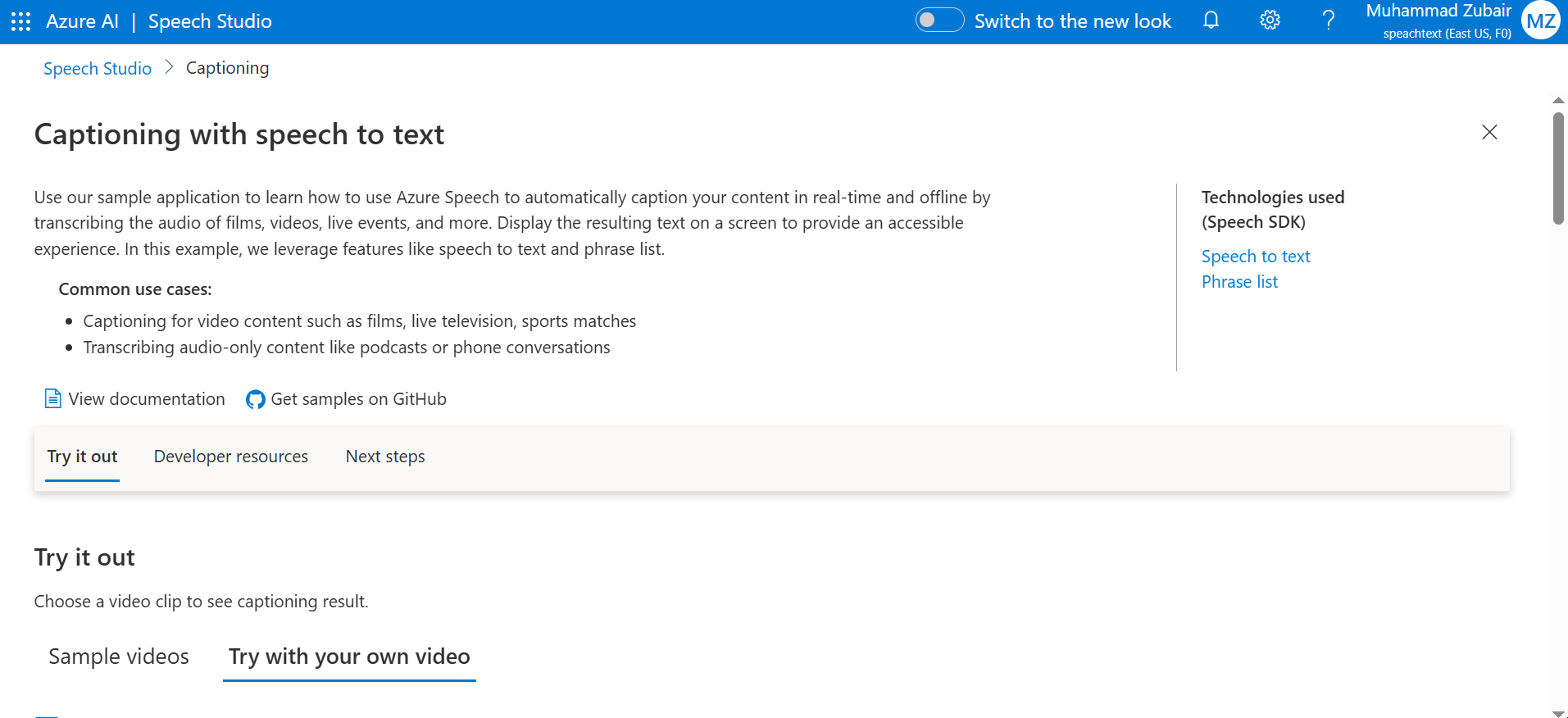
Pricing
| Plan / Feature | Details | Cost Model |
|---|---|---|
| Standard Speech to Text | Converts speech into text (general use). | Billed per audio hour processed. |
| Real-Time Captioning | Low-latency captions for live events, meetings, or streams. | Higher cost than offline, per audio hr. |
| Offline (Batch) Transcription | Processes pre-recorded media with finalized results. | Lower cost than real-time, per audio hr. |
| Phrase List | Improves recognition for custom words, names, or acronyms. | Free to use. |
| Custom Models | Train and deploy domain-specific speech models. | Additional charges apply. |
| Free Tier | Limited hours included monthly for testing (e.g., 5 hrs). | No cost (within free limit) |
Conclusion
Captioning with Azure Speech Studio transforms how organizations deliver content in both real-time and offline scenarios. It removes the limitations of manual captioning by offering speed, scalability, and accuracy through AI-driven speech recognition. Whether it’s a live broadcast, corporate webinar, classroom lecture, or public event, real-time captions ensure that communication is accessible to everyone. By supporting customization, multi-language coverage, and compliance with accessibility standards, Azure Speech Studio not only enhances user experience but also expands audience reach. While some limitations exist such as dependency on audio quality and cost scaling its benefits far outweigh them for businesses, educators, and media creators alike.
In short, Azure Speech Studio provides a future-ready, cost-effective, and inclusive captioning solution, making content truly universal.
For more insights on AI and speech technologies, follow capracode.com. Explore our tutorials and articles to stay ahead in the evolving world of AI tools.
👉 Ready to experience it yourself? Start with the free tier and see how Azure Speech Studio can enhance your projects!

